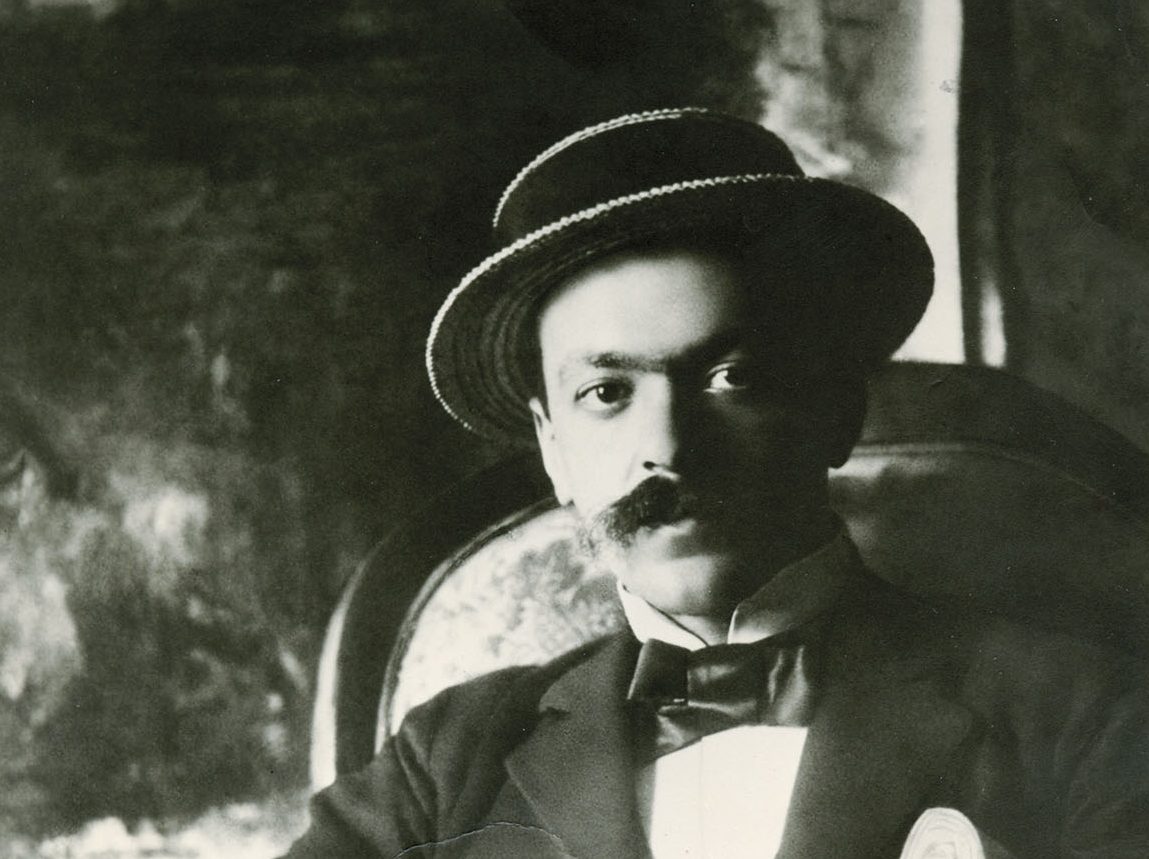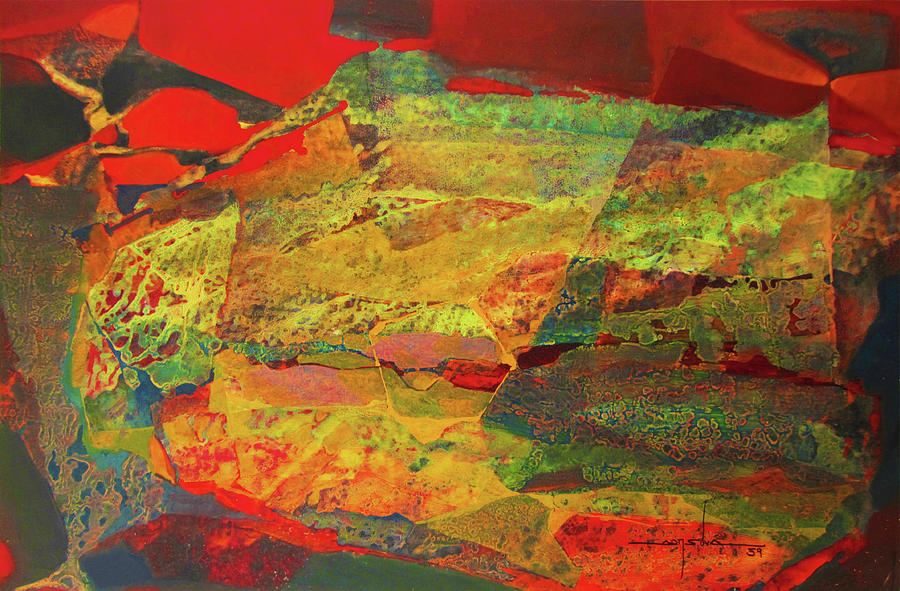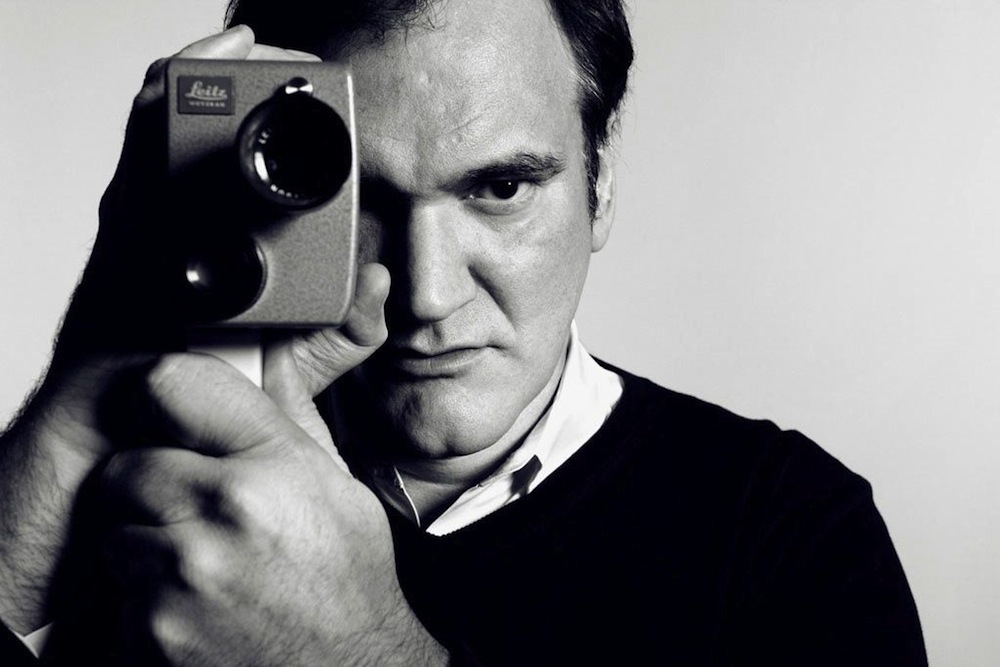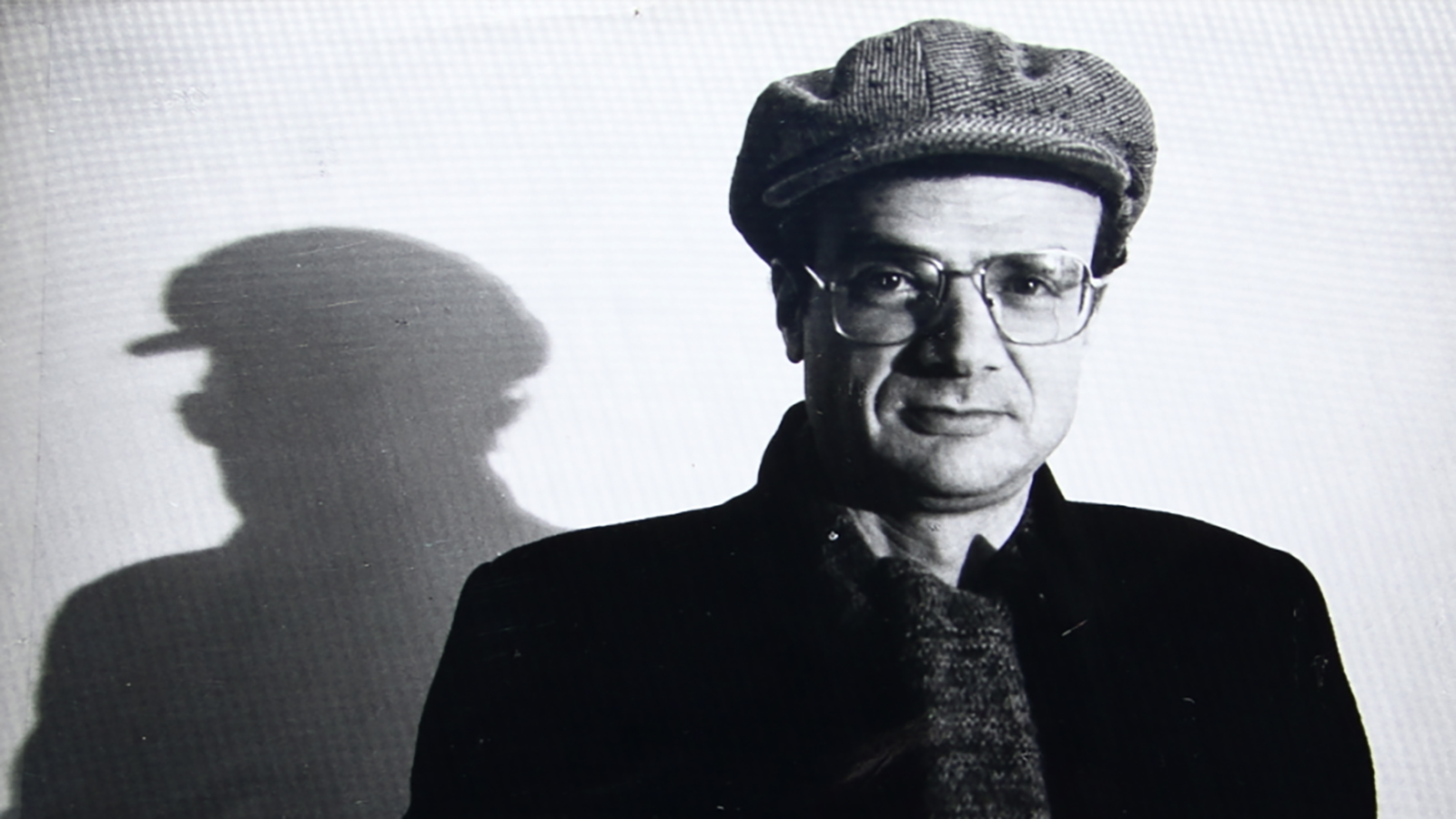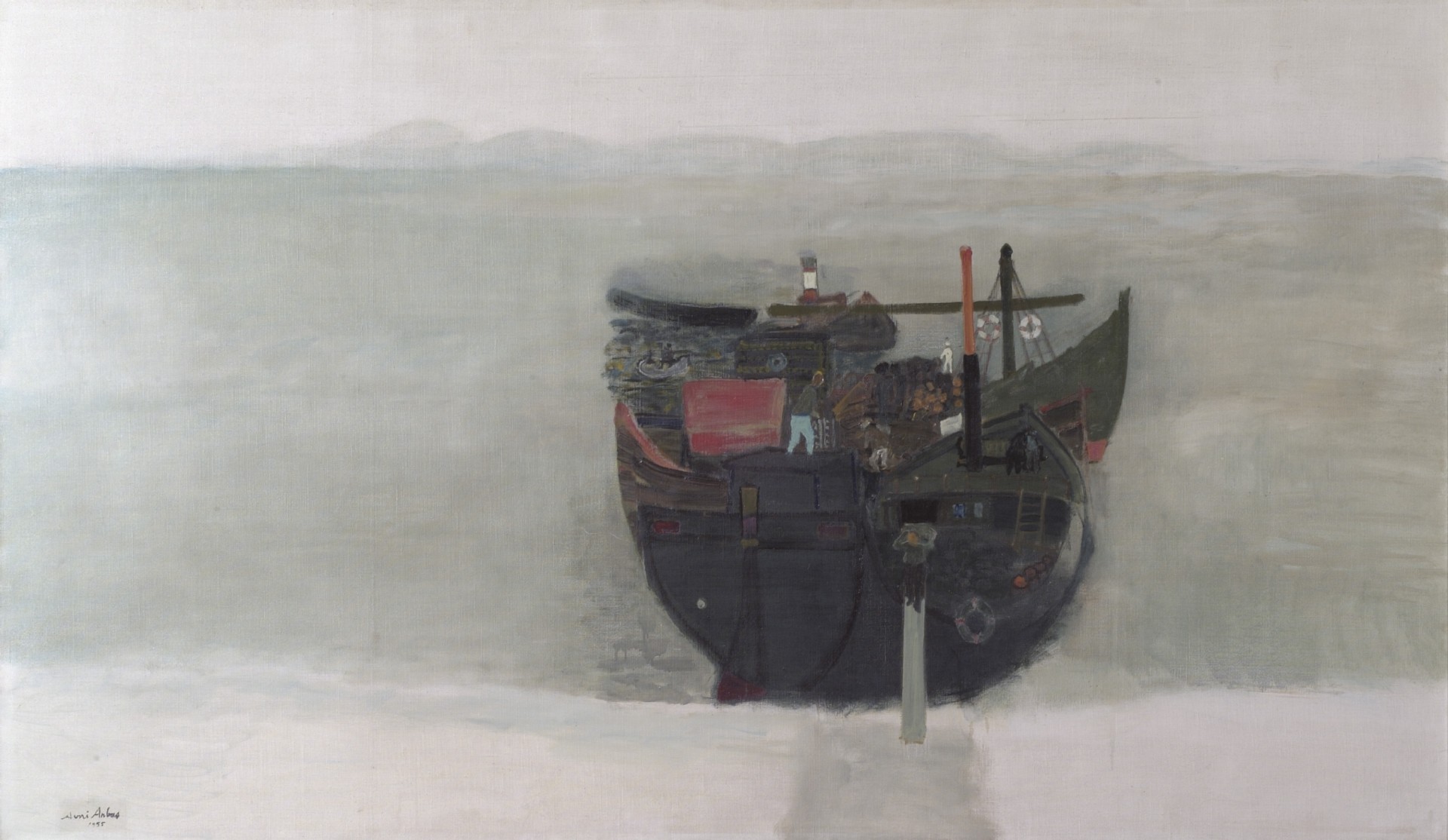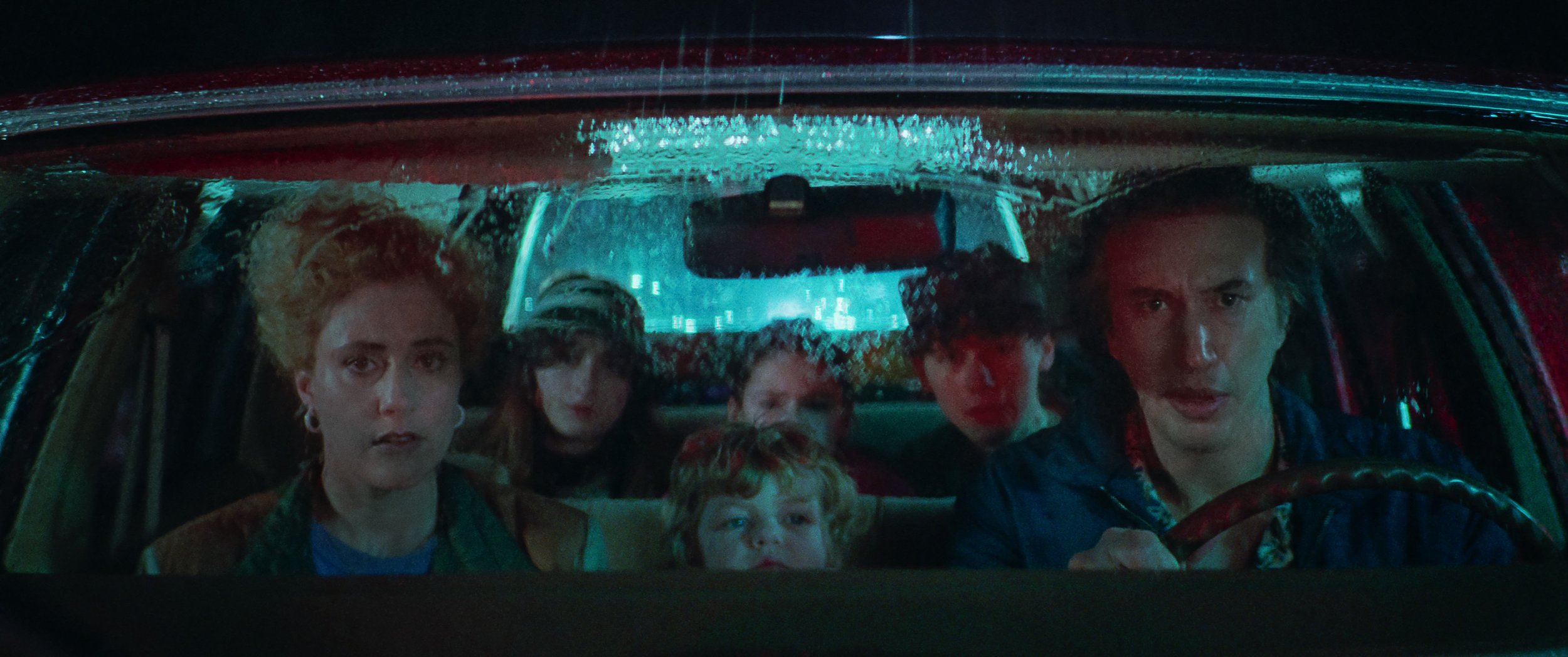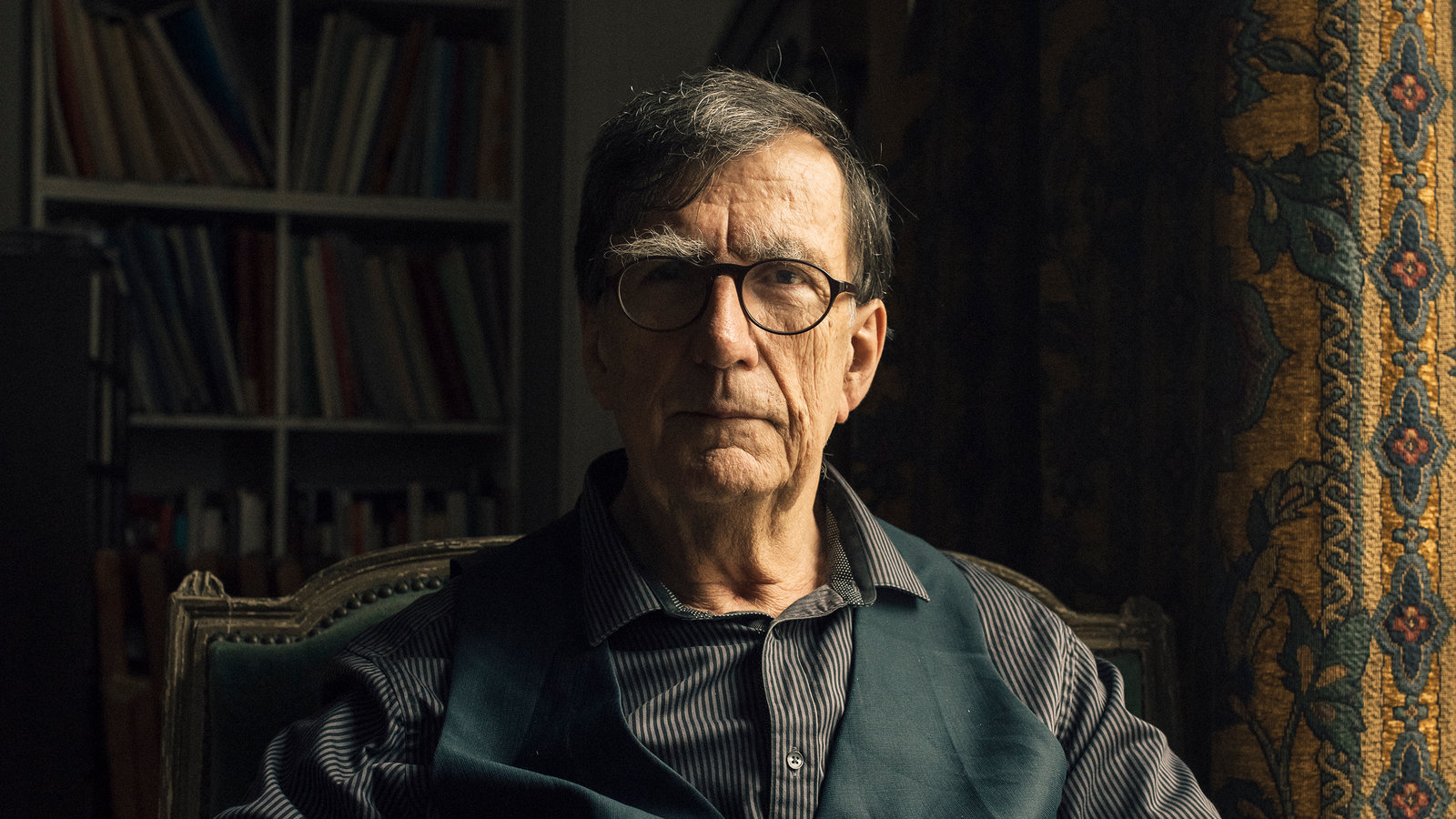Zeno Cosini has difficulty lying, though not for lack of trying. Over and over, he tries to fib, but his inventions have a funny way of hardening into realities. He proposes to a woman as a desperate joke – only to end up marrying her. He tells a friend that his daughter is ill to escape a dull social engagement – only to find that the girl has come down with a fever. The narrator of Italo Svevo’s modernist masterpiece is an honest man despite himself, even and especially when he is fashioning the complex and contradictory fiction of the self.
Zeno’s Conscience was published in 1923, when selves were forged on Freudian’s fainting sofas. Accordingly, it takes the form of journal entries that its narrator maintains at the behest of his psychoanalyst. The disgruntled doctor introduces his client’s confessions by noting that he is publishing them ‘in revenge’; Zeno has betrayed him, he tells us, by abandoning analysis. But the patient persists with one aspect of his treatment, even when he no longer has any hope of being healed: like a true incurable, he goes on writing, scribbling the last sections of Zeno’s Conscience long after he accepted the intransigence of his Oedipus complex and his fears of castration. As it turns out, his graphomania persists even when his native novel is over: A Very Old Man, newly translated by Felicia Randall and published by New York Review Classics last year, contains a new store of Zeno’s post-analysis reflections. Svevo intended to massage the five interlinked pieces that comprise the volume into a full-fledged sequel, but he died in 1928, before he had the chance. The texts he left behind are charming if uneven, not quite stories so much as sketches that pick up where the first book left off.
Zeno’s Conscience begins with Zeno’s childhood recollections and weaves, with non-linear and free-associative good humor, to 1916, when he is well on his way to middle age. Its setting is Trieste, the initially Austro-Hungarian and subsequently Italian city where Zeno leads an outwardly comfortable (if inwardly overwrought) life. His journal is a witty record of his central biographical episodes: the death of his father, his unexpectedly affectionate marriage to the sister of the woman he thought he loved, his long-standing affair with a talentless singer, and the business that he and his brother-in-law jointly mismanage into bankruptcy.
Yet the drama and delight of Zeno’s Conscience are generated less by these bourgeois staples than by the narrator’s gift for creating problems for himself. Zeno is addicted to various fictions, foremost among them the fiction of his own frailty. As he describes his hypochondria, ‘Disease is a conviction, and I was born with that conviction’. Near the end of the first book, he is thrilled to receive a provisional diagnosis of diabetes, which at last confirms his conception of himself as an invalid; when further testing reveals that he is not diabetic after all, he remains unwilling to accept the sunny news. Perhaps Zeno’s real affliction is the highly modern malady of excessive self-awareness: ‘health doesn’t analyze itself, nor does it look at itself in the mirror. Only we sick people know something about ourselves’, he meditates at one point. Or perhaps he suffers from the degenerative disease of life itself. ‘Unlike other sicknesses’, he writes in the last section Zeno’s Conscience, ‘life is always fatal. It doesn’t tolerate therapies’.
Another of Zeno’s most cherished fictions is that of his own resolve. The word ‘resolution’ occurs more than twenty times in William Weaver’s nimble translation of Zeno’s Conscience and six times in Randall’s A Very Old Man. (Twice, these resolutions are ‘ironclad’.) But Zeno is not capable of honouring a single one of these commitments, the ironclad ones least of all. In university, he resolves to dedicate himself to chemistry, then law, but cannot commit to a field and goes on switching back and forth; later, he resolves to leave his mistress but cannot bring himself to give her up, and the affair comes to an end only when she runs off with her music teacher. Perhaps Zeno’s most hilariously inefficacious resolutions concern his smoking habit. He is forever lighting last cigarettes, vowing over and over to quit for good. ‘In my desire to quit smoking altogether, I had never even considered the possibility of smoking less’, he explains, affably unreasonable as ever. He even visits a doctor who locks him in a room – and immediately bribes the attendant on guard to sneak him contraband cigarettes, then to free him. Why does he insist on going to the clinic, only to clamber out the window at the first opportunity? Perhaps the best answer is only the comic spectacle of his consistent inconsistency.
* * *
In A Very Old Man, Zeno is still the same cheerfully inconstant specimen, only now he is ‘very old’. The book opens in 1928, twelve years after the first set of journal entries ended and eight years after Trieste has been incorporated into Italy. Its contents are evidently unfinished drafts, riddled with redundant chunks of exposition and chronological discrepancies. Sometimes Zeno is sixty-one, sometimes sixty-three, sometimes seventy. His daughter, Antonia, is now a full-blown adult, and his son, Alfio, has soured into a moody teenager. Both characters are older than they have any right to be, given that the latter was a baby and the former a young child when Zeno’s Conscience ended. But these are quibbles, inimical to Zeno’s own eccentric logic. He has always been an unreliable narrator, and even if the ages are wrong, the emotional dynamics are right. What matters is that neither sibling has grown into a very likeable person.
Antonia is a bore, drunk on her own righteousness. ‘I like to think she inherited the virtue from her mother and the exaggeration from me’, Zeno jokes. Her husband, Valentino, is a stuffy businessman who dies of ‘premature aging’. The couple’s seven-year-old child, Umbertino, is the most redeeming consequence of their otherwise tedious union, and Zeno delights in his morning walks with his tirelessly curious grandson. Alfio, for his part, has become even more intolerable than his sister. An aspiring artist of staggering self-importance and enormous fragility, he is slow to compromise and quick to take offense. Zeno makes several concessions – he buys two of the boy’s paintings and even talks himself into admiring one of them – before wounding his son, perhaps irreparably, by mocking modern art at lunch.
Has Zeno matured now that he is a ‘very old man’? Not a whit, of course. True to form, he has not even managed to quit smoking. If Valentino died of premature aging, then Zeno survives by clinging to endless adolescence. He reports that ‘there is one great difference between the state of mind in which I told my life the first time, and this one. My situation has grown simpler. I continue to struggle between past and present, but hope doesn’t try to come into it, that anxious hope that belongs to the future.’ But he is for the most part the same loveable neurotic. He still laughs at his own pathologies – ‘I’m unable to quit smoking because my determination collapses when the news is good, when it’s bad, and when there’s no news at all’, he tells a friend – and he still relishes every sign of sickness.
And he is still the same master of rationalization: he claims he is keeping the deleterious effects of aging at bay by demonstrating to nature that he remains fit for procreation, that is, by having an affair with a younger woman. ‘Let’s face it’, he writes, ‘Mother Nature is maniacal: she has a mania for reproduction. She’ll keep an organism alive so long as there’s hope it will reproduce. Then she kills it, in many and varied ways….I wanted to trick Mother nature and make her think I was still fit for reproduction, so I found myself a mistress’. He assures us that ‘it wasn’t lechery. I was thinking about death’. He does not especially care for his new lover, a cigarette vendor who has undoubtedly sold him many last smokes, but he knows that to give up on mischief is to give up on vivacity altogether.
Most importantly, the very old man is still a fabulist, and his lies still have marvellous staying power. To save face in front of staid Valentino, he pretends he has concluded a business deal that he is then obligated to go out and conclude. As ever, his circumstances clash with his imaginings – and as ever, it is reality that ultimately gives way and transforms.
* * *
Almost all of Svevo’s central characters resemble Zeno in leading double lives: lives of the imagination that contrast sharply with their lives at the office. In public, they are businessmen; in private, they are artists. ‘His official career was a quite subordinate post in an insurance society….His other career was literary’, Svevo writes of the protagonist of his second novel, As a Man Grows Older. In his gem of a novella, A Perfect Hoax, Mario is another aging writer with an office job who prides himself on the novel he wrote forty years prior. Still, Mario’s decades of inactivity are ‘full of dreams and void of any troublesome experience’, for he persists in regarding himself as ‘destined for glory’. It is this unflagging hope, so easily exploitable, that is the basis of the ‘perfect hoax’ of the title. When Mario’s malicious friend tells him that a major publisher wishes to reissue his book for the German-language market, he is eager to believe the lie.
But in Svevo’s own case, the fiction came true – though for many years, he resembled his obscure characters. Half-Italian and half-German-Jewish Aron Ettore Schmitz was working as a bank clerk in Trieste when he self-published his first novel, A Life, under the curious pseudonym ‘Italo Svevo’ (literally, ‘the Italian Swabian’). The book was roundly ignored. Schmitz continued working in the office, married, and became a partner in his father-in-law’s firm, which manufactured maritime paint. When he came out with the quietly harrowing As a Man Grows Older, it, too, was received with indifference. Schmitz had long retired Italo Svevo when he engaged a young English tutor in preparation for a business trip to England. The tutor was also a writer, and the two men grew close, meeting several times a week and exchanging works in progress. In 1926, when Schmitz sent his friend the manuscript of Zeno’s Conscience, his former tutor championed the text among his literary contacts in Paris.
The tutor was none other than James Joyce, and his circle was soon hailing Zeno’s creator as ‘the Italian Proust’. At last, Schmitz and Svevo converged. Until his death in 1928, Svevo watched his pseudonym subsume his humdrum identity. In exactly the sort of jolting twist that occurs so often in his novels, the old man’s fantasies crystallized into fact.
* * *
In A Perfect Hoax, the aging writer Mario is the victim of a ruse – and yet at least one part of it comes true. There may be no publisher set on resurrecting Mario’s forgotten novel, but the money he invests in expectation of an advance grows in value, until at last he finds himself enriched by a fake deal. More importantly, it emerges that Mario’s attachment to his art is too robust to be undermined by mockery or lack of recognition. For years, he has diverted himself by writing short fables, and in the wake of his humiliation, he discovers that it is not the idea of writing but writing itself that attracts him. The fables are ‘quite pure, not sullied by the hoax’. What begins as a fraud transforms into a premonition. He is the great writer he at first just imagined he was.
In Zeno’s case, the same structure recurs. He sets his heart on marrying the beautiful Ada, with whom he is painfully in love, and when she rejects him, he asks for the hand of her equally beautiful sister, Alberta; when she, too, turns him down, he proposes to plain, kindly Augusta. She initially replies, ‘you’re joking’, but she is soon coaxed into accepting. The real joke is on Zeno, not only because he has to follow through with the wedding, but because the ensuing union is so improbably happy. Ada is right to remark, ‘never did a man who thought he was acting hastily behave more wisely than you’.
Augusta is the right choice largely because she perceives from the first that Zeno’s fabrications are more important than any accurate reports could be. When he entertains the family with outrageous tall tales, his future bride understands at once that his stories are ‘more precious’ by virtue of their falsity. ‘As I had invented them’, Zeno explains, ‘they were more mine than if fate visited them upon me’. In A Very Old Man, he affirms her preference for fiction once again. ‘The only thing that matters in life is collecting one’s thoughts’, he writes.
When everybody else understands this as clearly as I do, they will all write. Life will be literaturized. Half of humanity will devote itself to reading and studying what the other half has put down. And contemplation will take up as much time as possible – time to be subtracted from horrid real life. If one part of humanity rebels and refuses to read the lucubrations of the other part, so much the better. Each person will read himself. And whether each life becomes clearer or murkier, it will evolve, correct, crystallize.
He prizes his earlier journals because ‘the part of my life described there is the only part I have lived’. There is no Zeno outside of his own exercises in self-fashioning, but by the same token, he really is the person he at first only pretended to be. There is, he knows, no other way to become someone: the only thing to do with ‘horrid real life’ is to ‘literaturize’ it.
Appropriately enough, Zeno’s final confession in Zeno’s Conscience is that the rest of the book is untrue. He concedes that he ‘invented’ everything in his journal, but consoles us, ‘inventing is a creation, not a lie. Mine were inventions like those of a fever, which walk around the room so that you see them from every side, and then they touch you. They had the solidity, the colour, the insolence of living things’. Zeno himself ‘literaturizes’ constantly. He acts as if he were on the verge of quitting smoking because ‘the taste of a cigarette is more intense when it’s your last’, and the pretext rearranges the world until it is in fact sharper and more beautiful. A last cigarette is more potent than a normal cigarette, even if it is the first of many. When Zeno resolves to quit smoking, when he produces a second set of embellishments about his life as a very old man, when he convinces himself that his affair is an attempt to cheat nature, when Schmitz postures as Svevo – these are the special sort of lies that come to life. In a word, fictions.
Read on: Christopher Prendergast, ‘Modernism’s Nightmare’, NLR 10.
